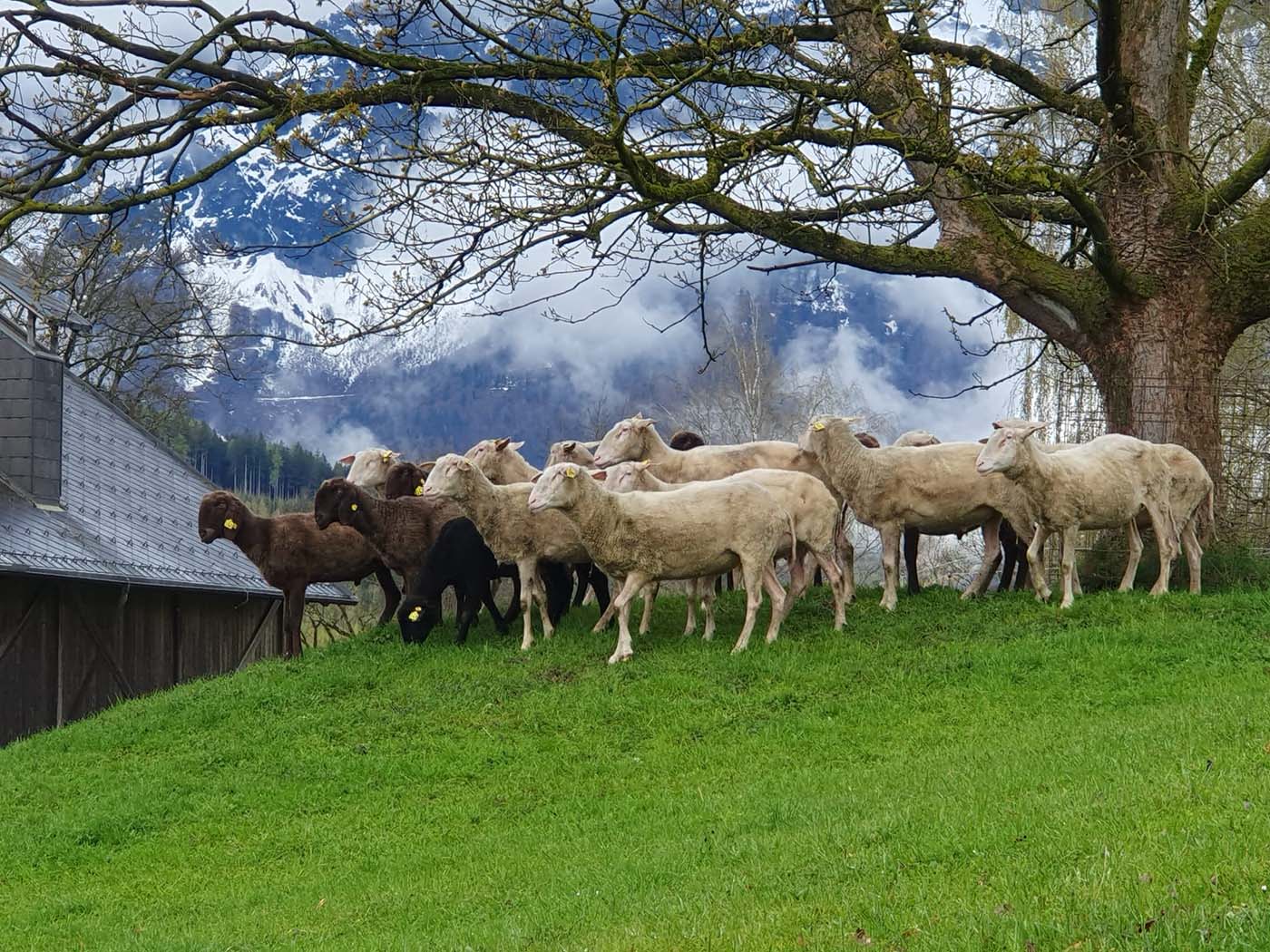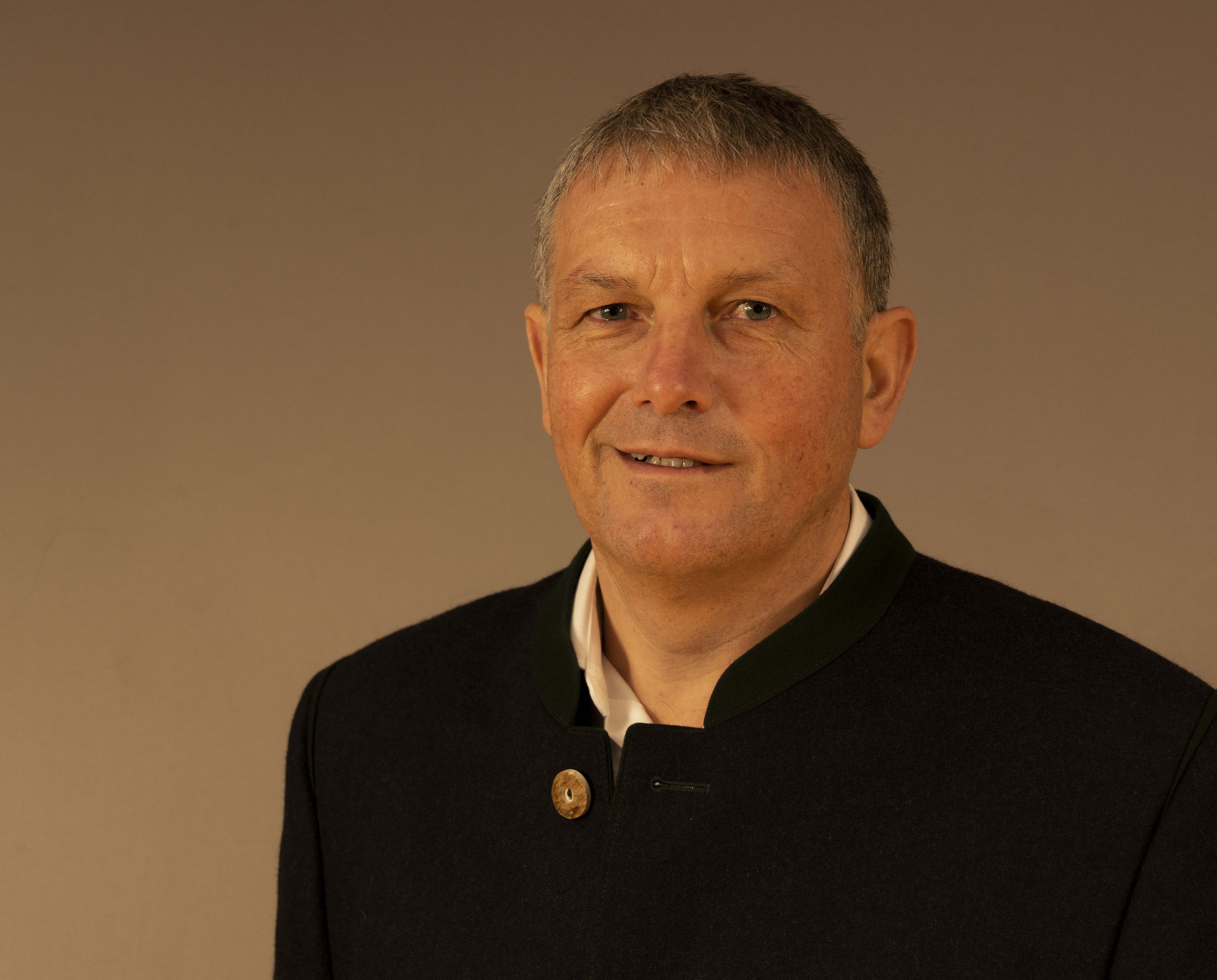After the welcome from our head of research and innovation Andreas Steinwidder there was a theory block. Albin Blaschka, managing director of the Austrian Bear, Wolf, Lynx Center, first gave an overview of shepherding with herd protection and shepherd dogs. Workshop participants agreed that more shepherds will be needed in the future. With the decline in grazing cattle on the Austrian alpine pastures and the current global warming, it is no longer possible to optimally feed all existing fodder areas. In order to maintain the alpine fodder areas, controlled grazing management is required, and the shepherds also have a new area of work, herd protection.
Shepherd and livestock guard dogs can be used here to provide support. Thomas Schranz showed what such livestock protection dogs look like and work with his two Maremmano Abruzzese dogs. The dogs were given to a herd of sheep - the exciting thing was that the sheep didn't know any dogs and the dogs didn't know our sheep. The gathering was calm, the sheep were cautious and curious, but showed no fear. After the first contact, the dogs were released and remained with the herd as if they had been part of it forever. Thomas Schranz's practical knowledge and the description of his experiences using these dogs complemented the program.
The second block dealt with the training and further education of shepherds. The first part was about the staff in sheep farming, which is part of the Eurasmus + project EU4Shepherds . The project promotes the exchange of information and the training and further education of shepherds. Silke Schaumberger (University of Agricultural and Environmental Education) presented the activities in the project and the associated platform .
The second part dealt with technical herd protection. The HBLFA Raumberg-Gumpenstein is a herd protection competence center and, among other things, exhibits various herd protection fences, which can also be tested in practice. Reinhard Huber ( HBLFA Raumberg-Gumpenstein) presented the individual fences with their advantages and disadvantages. The participants were allowed to assemble the various fencing materials themselves and practice handling them.
A final discussion for a solution to dealing with the large predators revealed that there is no one-size-fits-all solution. No two companies are the same, requirements and framework conditions are usually different, but there should be a usable solution for everyone. This includes everything, from management of large predators, herding of the herds to technical herd protection, must be taken into account. The costs for the additional effort involved in herd protection must be borne by the public sector.
Author: Huber Reinhard
Photos: Albin Blaschka, Silke Schaumberger and Michael Kogler
Video of our sheep's first trial day with livestock guard dogs










































